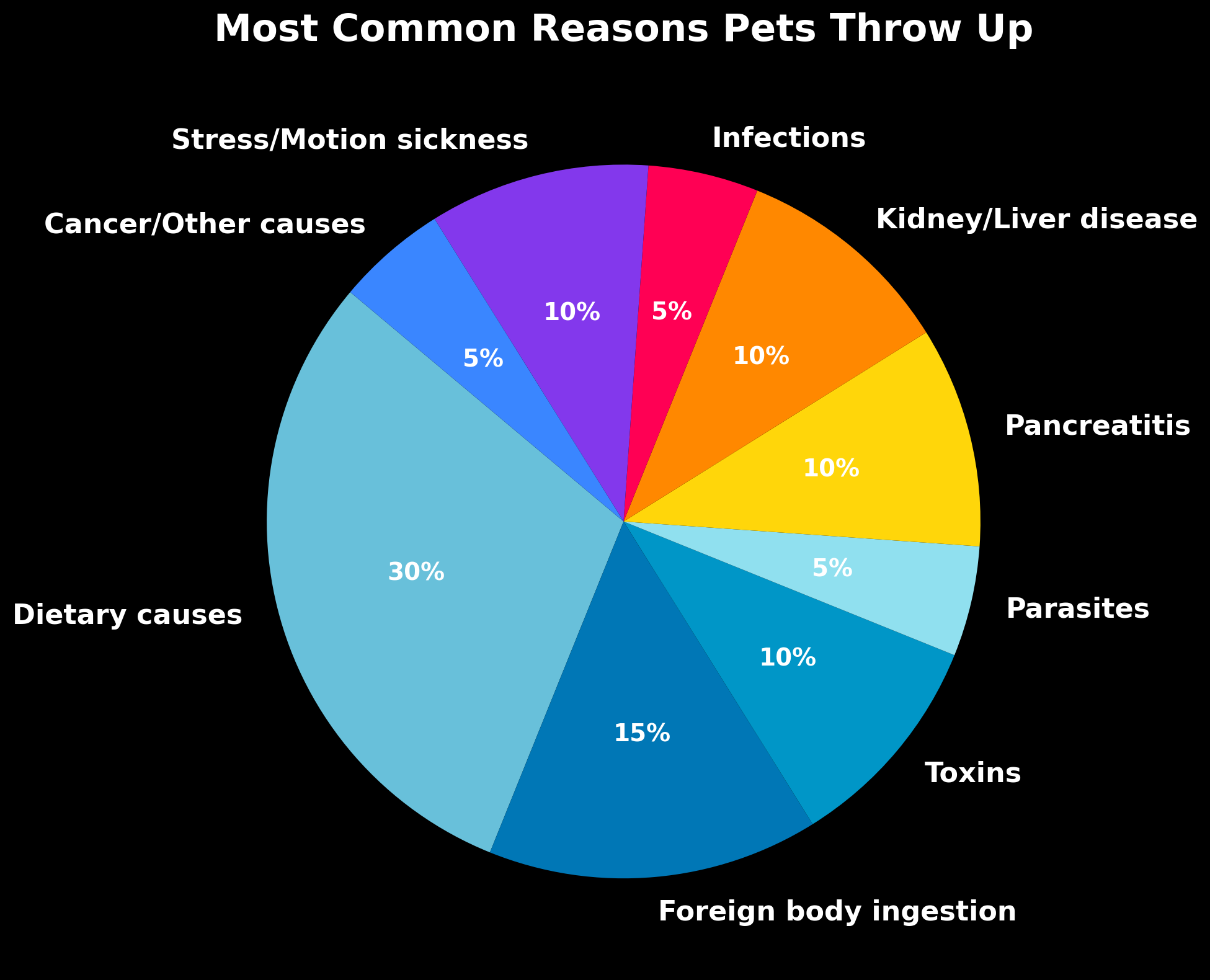
The Great Unwind: Why Coming Home Feels So Good (for Both of You)
Do dogs really experience the same “vacation exhaustion” that we do, even when they’re having fun? Turns out, science says yes—kind of.
Weeknights 7PM - Midnight
Weekends 8AM - Midnight

The holiday season is upon us: the days are getting shorter, the temperatures getting cooler and as winter approaches it might be tempting to stop the topical or oral preventative medications we give our pets. After all, the flea and tick season is over right? Not so fast!
Although fleas and ticks seem to thrive in warmer and humid climates, they are still seen in abundance here in southwestern Pennsylvania well into December. Winter’s chill is part of what keeps pest population in check and the warmer winters we have been experiencing as of late are creating ideal conditions for these pests to bother our pets (and us) year-round.
Fleas can live as long as twelve months and in that time produce millions of offspring. They can cause severe itch, tapeworm infections and severe anemia in heavily burdened young animals.
Ticks are a known source of Lyme disease: Pennsylvania has one of the highest rates of Lyme disease in the U.S., and the Allegheny County Health Department reports that roughly 30% of the blacklegged ticks that are active in the spring and early summer are carriers of this vector-borne illness.
It is not uncommon to now see new Lyme disease infections in pets in winter months if the temperature stays around 40 degrees. Anaplasmosis and Ehrlichiosis are diseases caused by bacteria transmitted by ticks that can affect certain lines of blood cells and are now frequently diagnosed in Western Pennsylvania.
So the next time you snuggle up next to “Fluffy” with a cup of hot cocoa and a good book remember that without flea and ticks preventatives you might be snuggling up next to some seriously pesky creepy crawlies as well!
Dr. Caroline Simard-Swimmer, DVM
Medical Director
Pets After Dark

Do dogs really experience the same “vacation exhaustion” that we do, even when they’re having fun? Turns out, science says yes—kind of.

The Pet First Aid Kit You’ll Actually Use (Not the 47-Item Amazon Monster List) Over the past two years, our

Do you ever wonder, when you bring in your pet to your veterinarian for digestive symptoms, what determines if we
Pets After Dark is a subscription-based service that provides expert, local after-hours veterinary care.